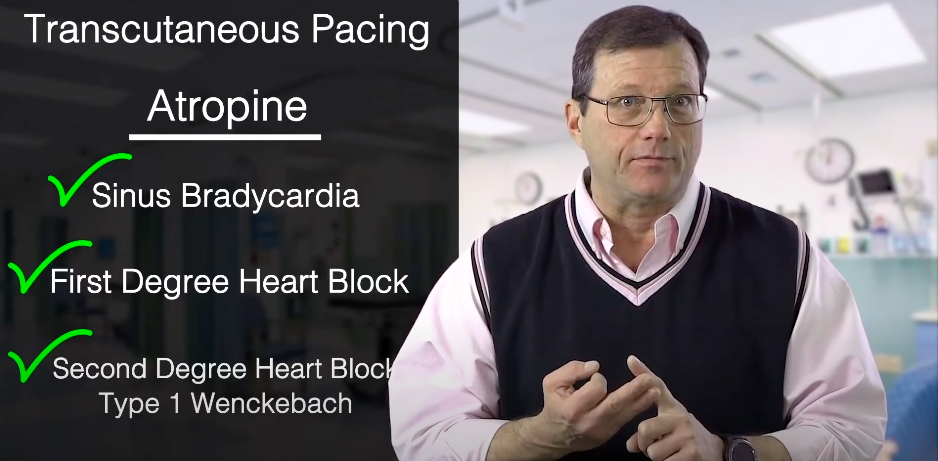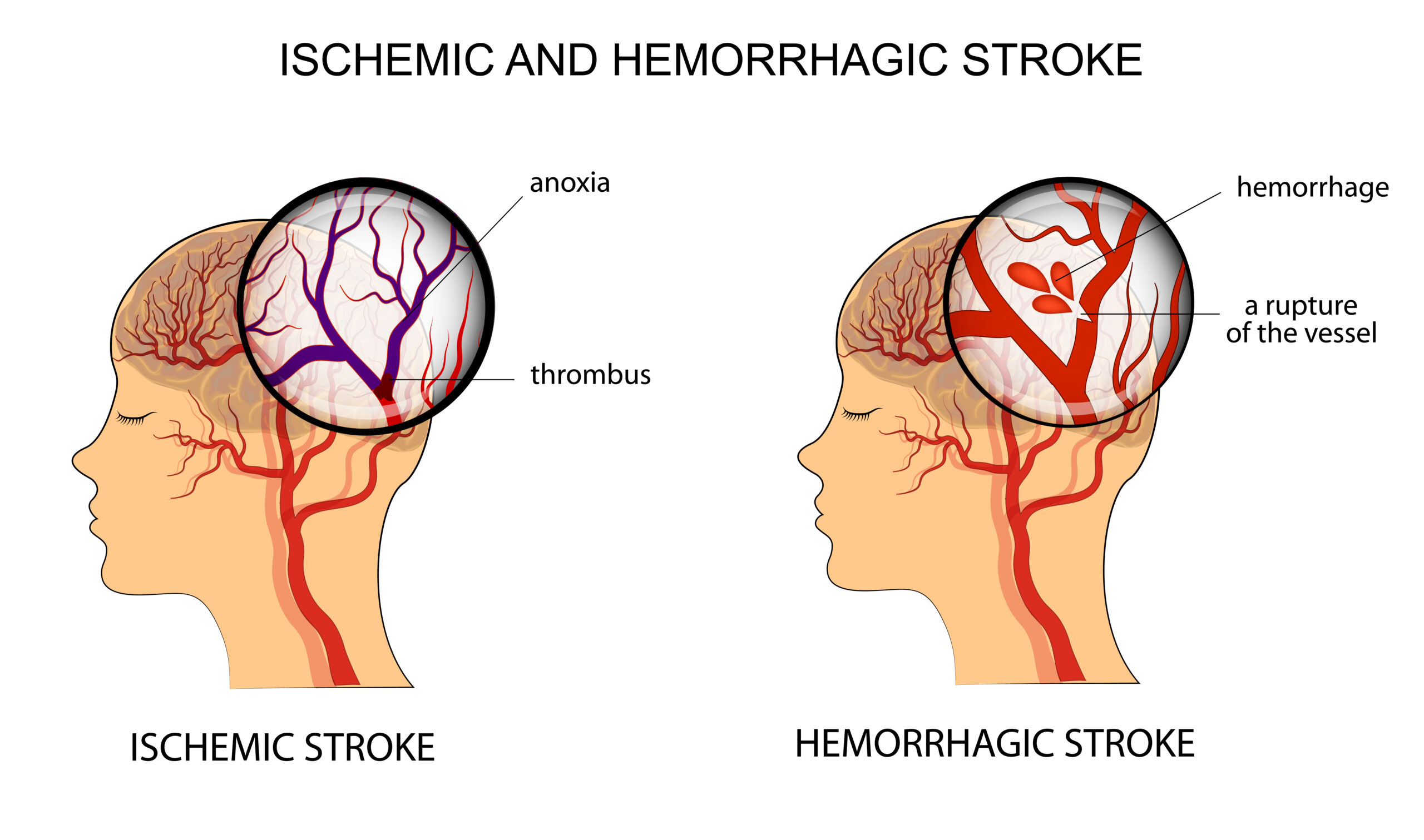Mitral vs. Aortic Murmurs
ACLS Certification Association videos have been peer-reviewed for medical accuracy by the ACA medical review board.
Article at a Glance
- Valvular stenosis and valvular regurgitation are the two types of heart valve problems.
- When patients have heart valve problems, usually the aortic or mitral valve is involved.
- Clinicians will learn the difference between murmurs from mitral valvular disease versus aortic valvular disease.
Two valve problems are stenosis and regurgitation. The mitral valve and aortic valves are on the left side of the heart. When patients have valve issues, it is usually the aortic valve, mitral valve, or both. The mitral and aortic valve are located on the left side of the heart. Read: Antidepressant MedicationsOverview of Heart Valve Problems
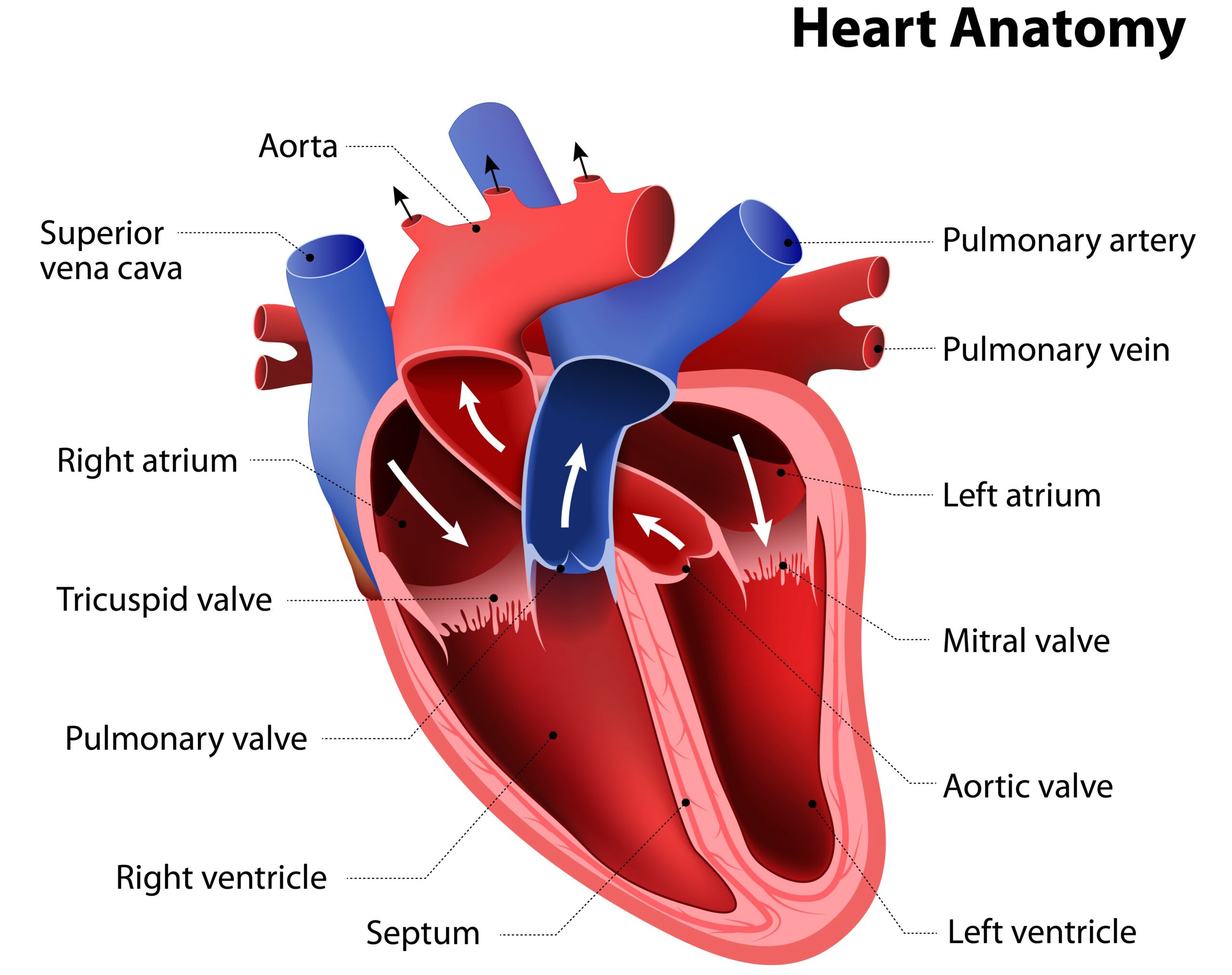
The mitral valve is between the left atrium and left ventricle. It allows blood to flow passively down from the left atrium into the left ventricle during diastole. The following describes common mitral valve murmurs.Mitral Valve Murmurs
Related Video – Heart Murmurs Overview (Heart Murmur Series)
Mitral valve stenosis occurs when a mitral valve is closed while it should be open during diastole. If a patient has mitral valve stenosis, the murmur is diastolic.Mitral Valve Stenosis
A mitral valve regurgitation occurs when a mitral valve is open, allowing backflow of blood while it should be closed, such as during systole. Therefore, a mitral valve regurgitation murmur is a systolic murmur. An example of stenosis and regurgitation involving the mitral valve.Mitral Valve Regurgitation
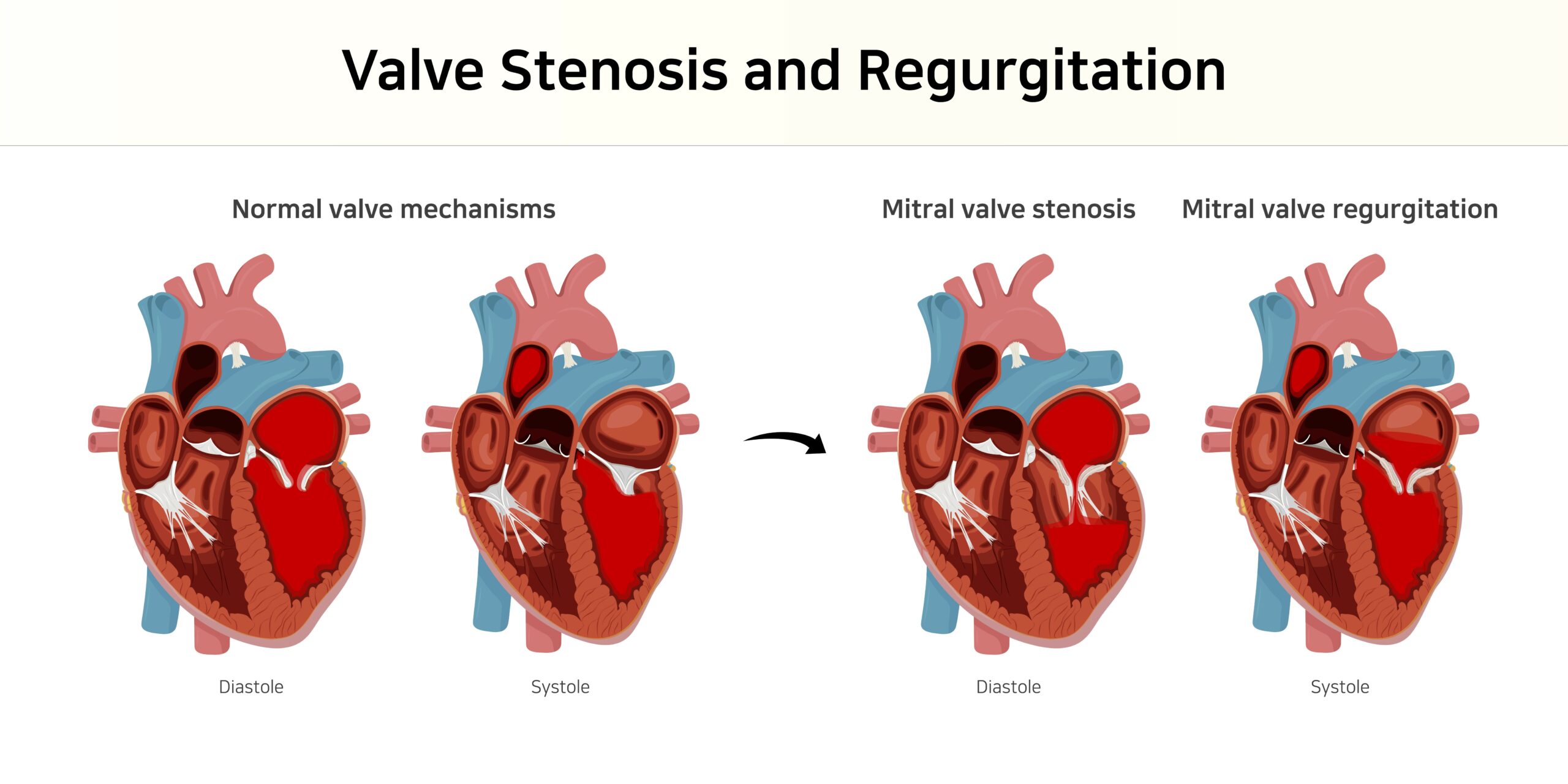
The aortic valve is situated between the left ventricle and the aorta. It should open during systole, allowing blood to flow out to the body. Diastole is the filling of the heart. Systole is the pumping of the heart.Aortic Valve Murmurs
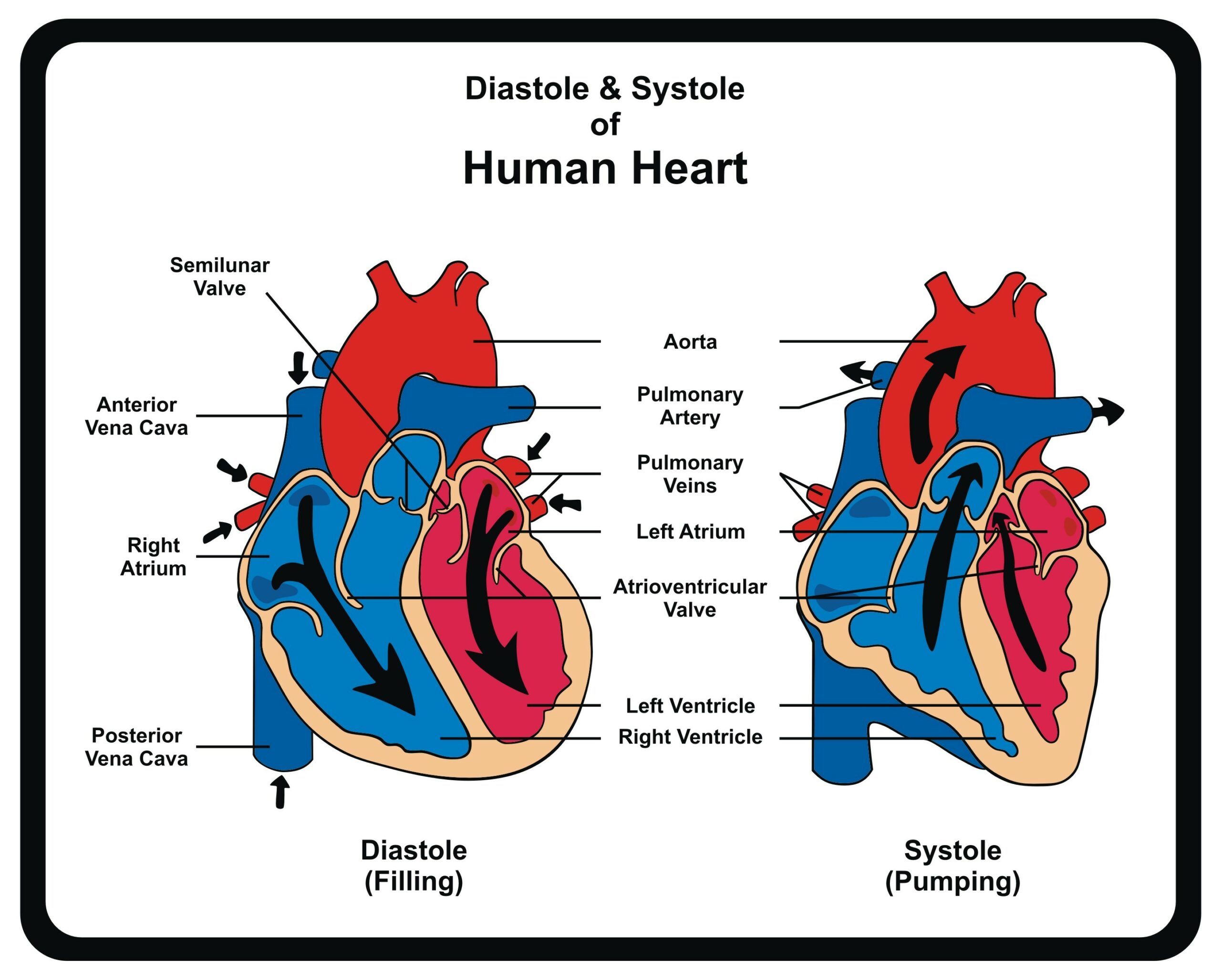
Aortic valve stenosis occurs when an aortic valve is closed when it should be open. An aortic valve stenosis murmur is a systolic murmur.Aortic Valve Stenosis
Related Video – Aortic Stenosis – Part 1 (Heart Murmur Series)
Aortic valve regurgitation occurs when an aortic valve is open when it should be closed during diastole. The aortic valve regurgitation murmur is diastolic.Aortic Valve Regurgitation
The two main types of heart valve problems are valvular stenosis and valvular regurgitation. They typically happen in either the aortic or mitral valve. Depending on the valve and problem type, heart murmurs present in different areas of the patient.Summary
More Free Resources to Keep You at Your Best
Editorial Note
ACLS Certification Association (ACA) uses only high-quality medical resources and peer-reviewed studies to support the facts within our articles. Explore our editorial process to learn how our content reflects clinical accuracy and the latest best practices in medicine. As an ACA Authorized Training Center, all content is reviewed for medical accuracy by the ACA Medical Review Board.
